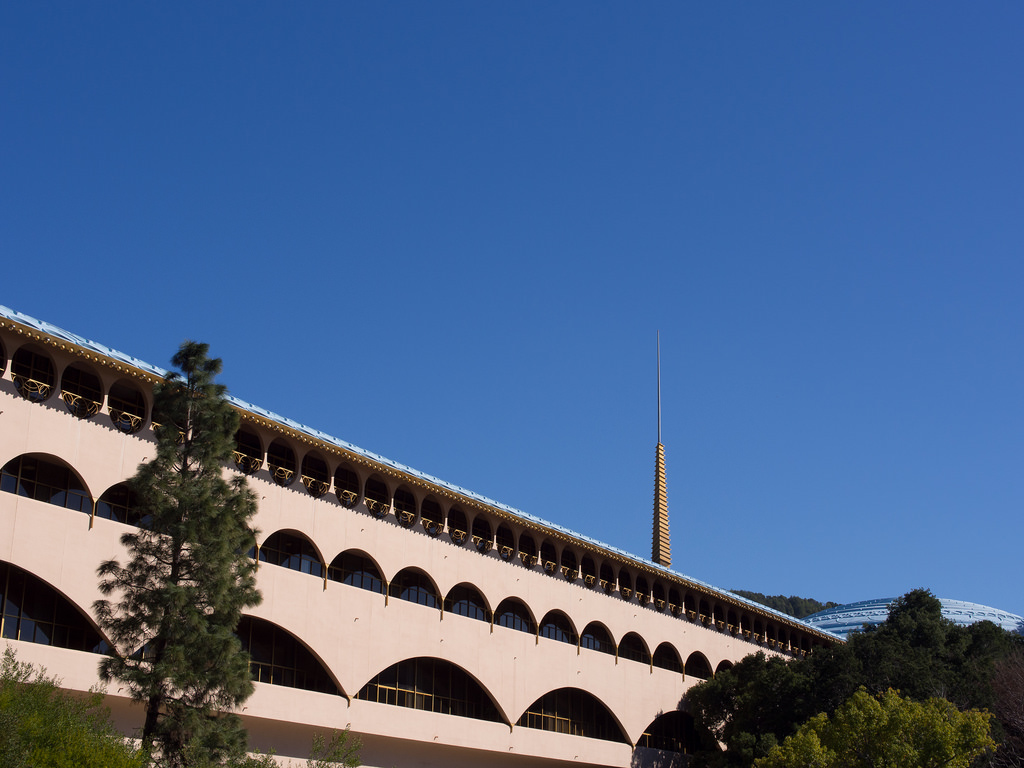California’s “Complete Count” Counties and Tribal Governments
Counties that have opted-in to receive state funding for Census outreach:
- Alameda
- Calaveras
- Colusa
- Contra Costa
- Del Norte
- Fresno
- Humboldt
- Imperial
- Inyo
- Kern
- Kings
- Lake
- Los Angeles
- Madera
- Marin
- Mariposa
- Mendocino
- Merced
- Modoc
- Monterey
- Napa
- Nevada
- Orange
- Placer
- Riverside
- Sacramento
- San Benito
- San Bernardino
- San Francisco
- San Luis Obispo
- San Mateo
- Santa Barbara
- Santa Clara
- Santa Cruz
- Shasta
- Solano
- Sonoma
- Stanislaus
- Sutter
- Tehama
- Tulare
- Ventura
- Yolo
- Yuba
Tribal Governments that have opted-in to receive state funding for Census outreach:
- Coyote Valley Reservation
- Mechoopda Indian Tribe
- Mooretown Rancheria
- Pala Reservation
- Pauma and Yuima Reservation
- Quartz Valley Reservation
- San Pasqual Reservation
- Sherwood Valley Rancheria
- Susanville Indian Rancheria
- Trinidad Rancheria
Timing
County Contracts
Nov. 9, 2018 – State sent letters to counties to opt in or out of state Census funding
Feb. 8, 2019 – Deadline for counties to opt out or opt in with a board resolution
Tribal Funding Agreements
Nov. 30, 2018 – State distributes Tribal funding agreement letters
March 15, 2019 – Deadline for Tribal Governments to request funding
County and Local Government Funding
To maximize dollars distributed to local communities and require collaboration and coordination between governmental entities, the State will use counties as fiscal agents for funds targeting HTC populations within their boundaries, including those within incorporated cities.
Counties that opt-in will collaborate and coordinate with cities within their boundaries. Should a county choose not to participate, the State will reach out to a large city, regional council of government or ultimately a community-based organization with the administrative capacity and experience to conduct robust outreach in that county.
Tribal Governments will be awarded funding agreements to conduct Census outreach activities in their geographical service areas. Funding tiers are based on housing units ranging from $1,000 funding agreements for Tribal Governments with 25 to 49 housing units to $50,000 for those with more than 10,000 housing units.
Approximately $27 million will be allocated for local governments. For information on county funding allocations, see Census Funding.
Updated 02/14/19
Note: Retrieved from https://census.ca.gov/2019/01/30/congratulations-californias-complete-count-counties/.



